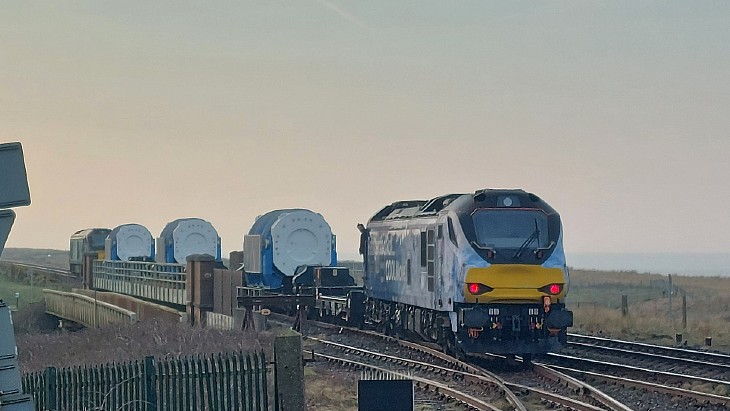Japanese high-level waste repository studies begin
.jpg)
NUMO said it received the necessary approval yesterday from the Ministry of Economy, Trade and Industry (METI) for so-called literature surveys to be carried out for the town of Suttsu and the village of Kamoenai.
"For the time being, we will start by collecting and organising necessary documents and data such as geological maps and academic papers, and will explain to the local people how to proceed with the literature search," it said.
The organisation will spend about two years checking geographical layers and the strength of bedrock in the two municipalities, based on geological maps and academic papers. Based on the first-stage work, NUMO will pick candidate locations for a second-stage survey, called a preliminary investigation, in which drilling work would be carried out over a four-year period to analyse geographical layers. In the third stage, a test facility will be constructed.
"The literature survey is to deepen the understanding of the geological disposal business in the municipalities by investigating and analysing the literature and data on the geology of the municipalities that have shown interest, and is a part of the dialogue activities," NUMO said.
Approval by the prefectural governor is required for NUMO to move on to the second-stage survey, once the literature survey is completed. However, Hokkaido Governor Naomichi Suzuki released a statement yesterday saying he opposed the process, citing a Hokkaido ordinance that states that no radioactive waste should be brought onto the main northern island, Jiji Press reported.
NUMO began asking municipalities around Japan in 2002 to apply for consideration to host radioactive waste disposal facilities. In 2007, the town of Toyo in Kochi Prefecture became the first local government to apply, but later withdrew its application before the survey began. No other municipalities expressed an interest.
In May 2015, after a review of existing policies, Japan adopted a new basic policy on the final disposal of high-level waste. This included the decision to present the scientific characteristics of the entire country in order to promote initiatives under the premise that development of a repository is the responsibility of the present generation. Having such information would also help gain the understanding and cooperation of the population and the regions.
In July 2017, METI released a "scientific characteristic map" for the geological disposal of high-level radioactive waste. The map identifies regions that are likely to meet the necessary geological requirements for hosting a repository and could be included in a future detailed site selection survey. Areas near volcanoes or active faults are considered undesirable as candidate sites. As an enticement, the central government offered up to JPY2 billion (USD19 million) in grants to applicant municipalities in the first stage.
_17992.jpg)
_75800.jpg)








_88592.jpg)

